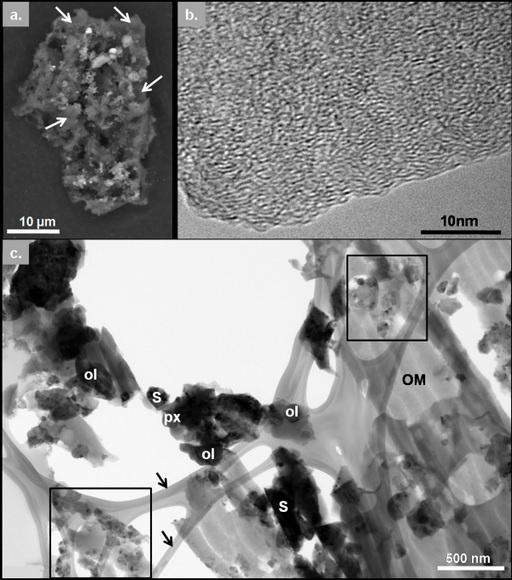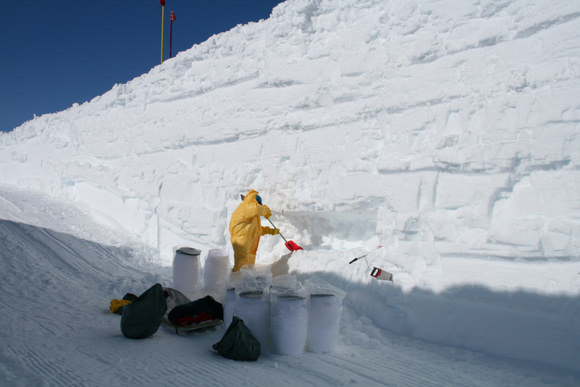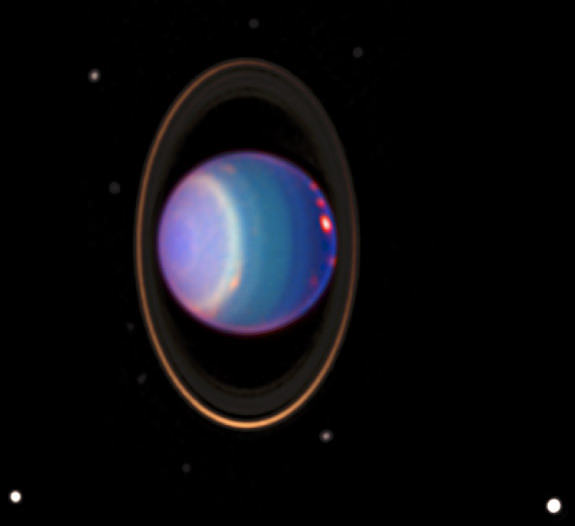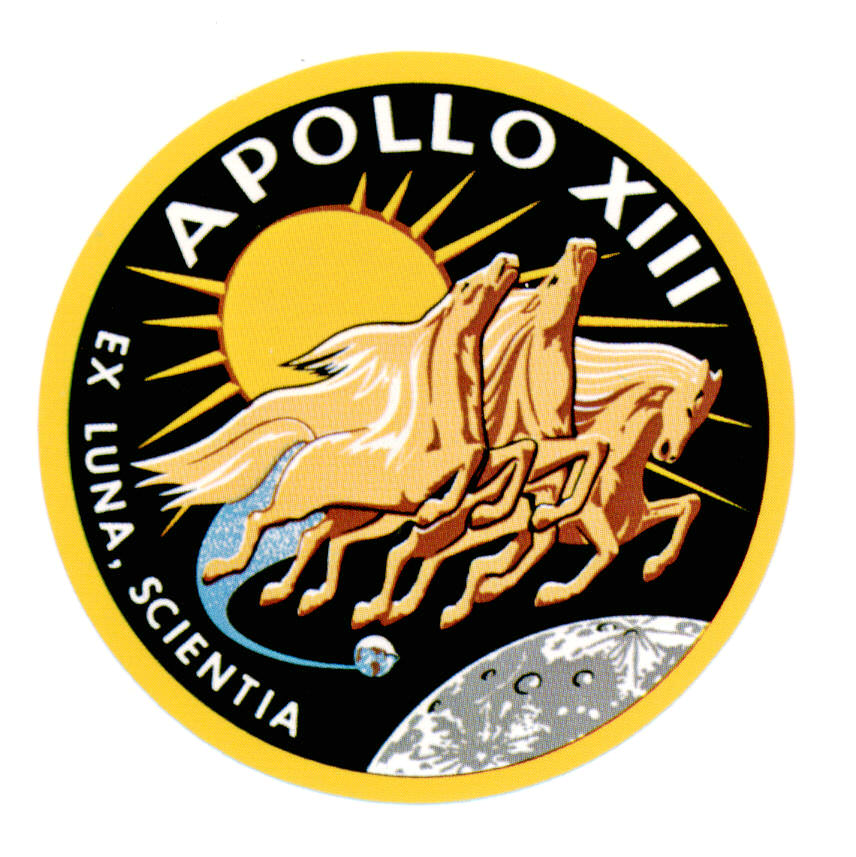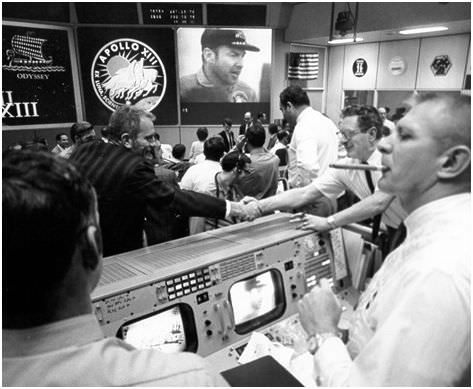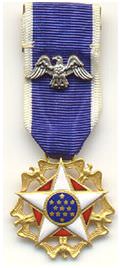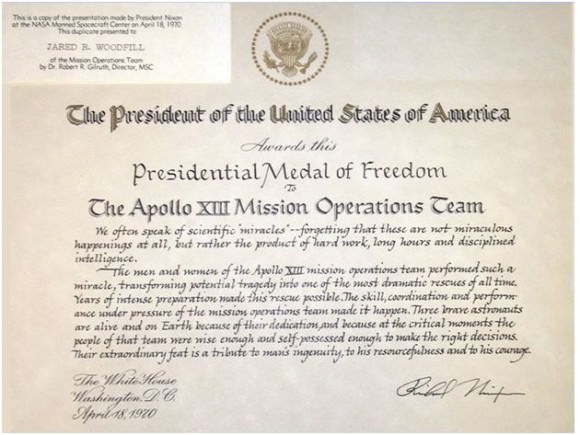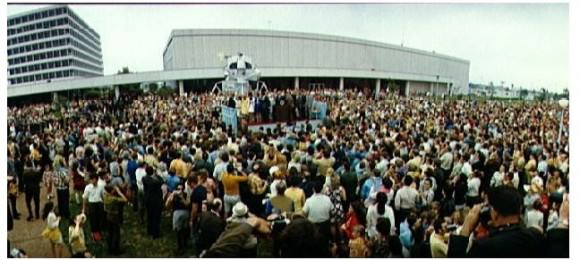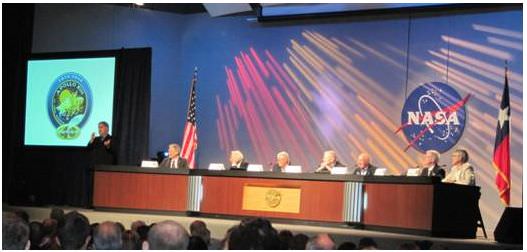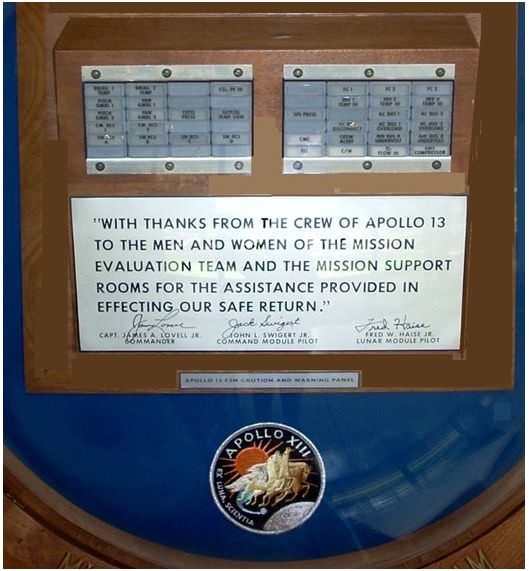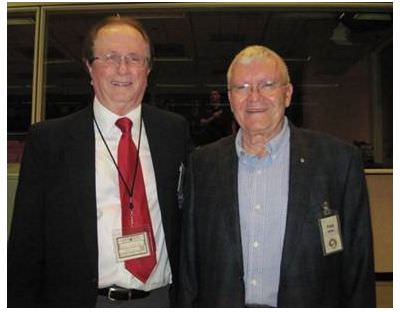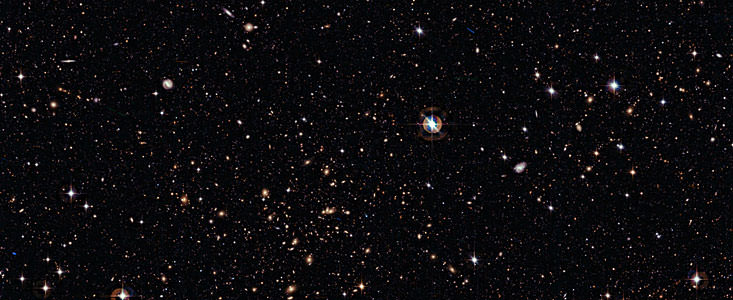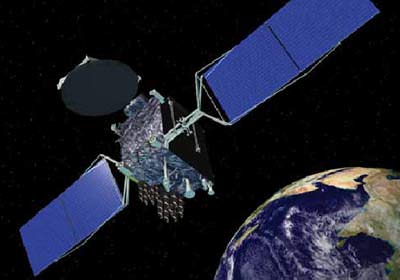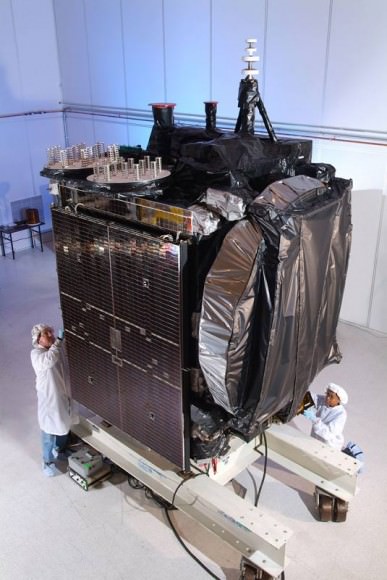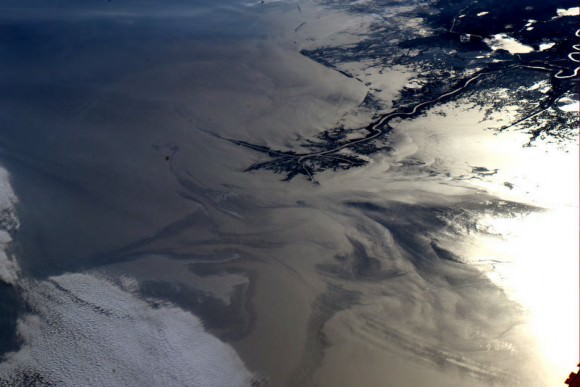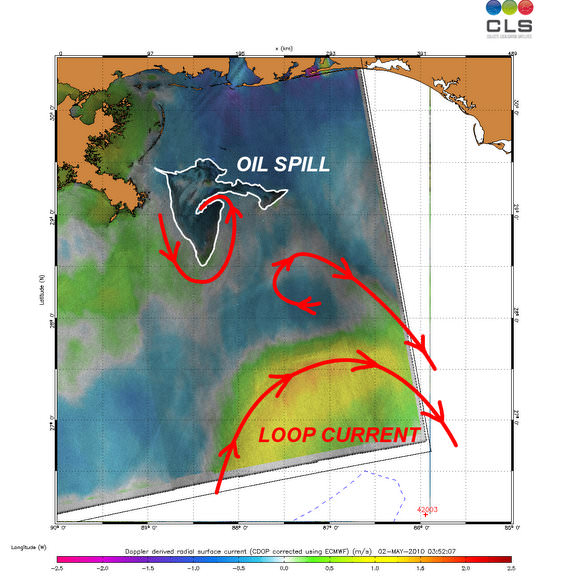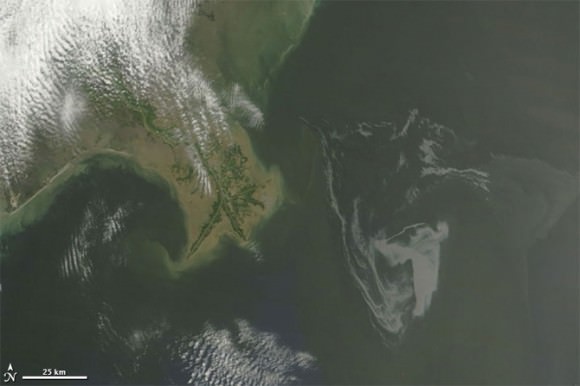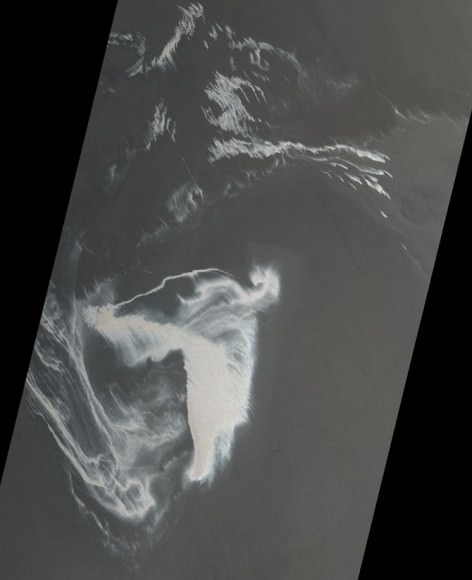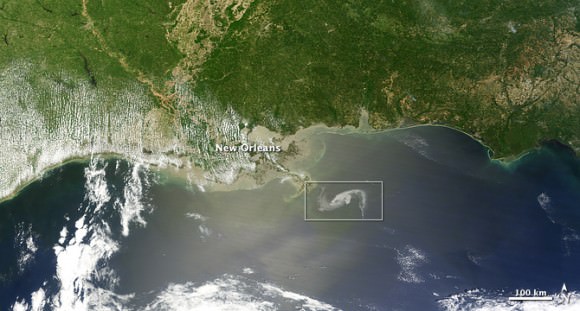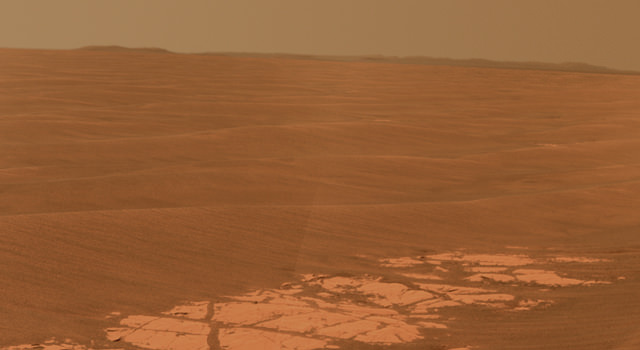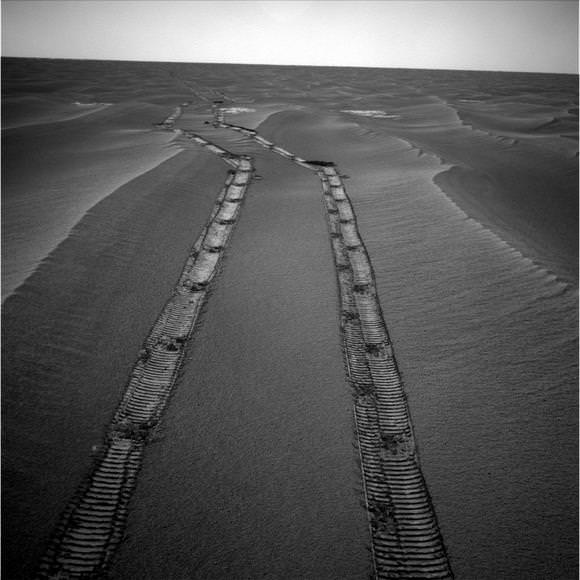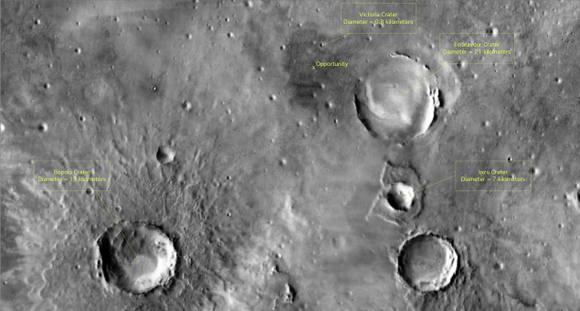Now that our series on “13 Things That Saved Apollo 13” is complete, NASA engineer Jerry Woodfill has graciously agreed to answer questions from our readers. We have a lot of questions, so we will post some of Jerry’s answers today and more over the next few days.
Question from Daniel Roy: Did we ever find out why Apollo 13’s trajectory was too shallow on the way back in spite of TCMs? I have trouble believing that the low impulse/ slow venting/ random pointing from ruptured tanks could explain the delta V.
Jerry Woodfill: The shallowing trajectory resulted from the lunar lander’s cooling system discharging vapor during the coast back to Earth. It was not a result of residual release of remnant gases from service module damage. No Apollo mission returned to Earth with a LM attached except for Apollo 13. For that reason the slight but, nevertheless, noticed contribution to the shallowing entry angle had to be dealt with by the Apollo 13 retro. To this day, I find it remarkable that, though the retro did not know the source of the shallowing, he was certain it would cease after the last corrective compensating burn. And, of course it did, after the LEM was jettisoned.
Question from wjwbudro about how much residual power was provided by the fuel cells after the explosion
Jerry Woodfill: Your question about how much residual power the fuel cells contributed prior to employing the emergency (or some call them reenty batteries) launched me into some research about the chemistry of fuel cell operation. I’ve always shared that the reaction of hydrogen and oxygen produce electricity with two by-products extremely useful to human space exploration, breathable oxygen and water. Both oxygen and hydrogen must be present for the reaction to continue.
For Apollo 13, the sequence of the loss of the ability of the fuel cells to produce power relates to the loss of O2 and H2 entering them. Sy Liebergot has a wonderful CDROM where he deals with “how the data read.” Sy had to contend with analyzing what was going on (IN REAL TIME) with regard to the timing of loss of the O2 cryo-tanks, the fuel cells, etc. Google Sy on the Internet, and you’ll find a wealth of information discussing the issue. My admiration of how Sy dealt with such an overwhelming failure so masterfully continues 40 years after the event. But the bottom line is…no O2 into the cells no water, oxygen, or electrical power out. That was the reason for employing the emergency batteries. The fuel cells weren’t much help after because the rupture of the plumbing caused O2 tank One’s O2 to vent into space after O2 tank 2 exploded (I always say “exploded” though some disagree contending it to be a rapid heating of cryogenic O2 being vented into space, sort of like heating air in an empty sealed container until the vessel ruptures.)
Question from science teacher Christopher Becke from Warhill High School: What were the specs of the onboard computers, both in the LM and the Command Module? What was the clock speed and how much (and what type of) memory did they have? I’m trying to impress upon my students that their graphing calculators are more powerful than the computers that brought astronauts to the moon.
Jerry Woodfill: About a year ago, I felt like comparing Apollo 13’s computer to today’s state of the art. Besides the computers (CSM and LM), the only integrated circuit contained among the millions of spacecraft parts was an octal counter in my lunar lander’s caution and warning system’s brain known as the Caution and Warning Electronic Assembly or C&WEA for short. There was an excellent article I discovered at this link from the Download Squad.
Additionally, a wealth of information is given in the Apollo Experience Report which can be accessed at this link.
These documents are a national treasure for recreating the technical history of Apollo. I authored the warning system portion of the Apollo Experience Report on the lunar lander’s Caution and Warning System.
I recall that the strength of the Apollo computer, though it was a “lightweight” in RAM and Hard-Memory, was its “multi-tasking” ability. (Better than an iPhone, since Apple chose not to include that capability presently in mine.) However, when my warning system began to ring “Program Alarms,” (warnings, five of them to be exact) this multitasking capability proved altogether helpful in making Armstrong the first man on the Moon.
One of the Apollo Computer’s “subtasks” was akin to a kind of low level housekeeping info thing which generated an alarm. But the priority executive routine of providing landing control continued undisturbed. Ignoring the program alarms by Flight Controllers Steve Bales and John Garman was a huge reason Neil Armstrong was first on the Moon, that President Kennedy’s prediction and challenge was fulfilled in that decade, and, most importantly, for me…that I didn’t go down in engineering/aerospace infamy whose warning system sounded a “false-alarm” making Pete Conrad and Allan Bean the first men on the Moon on Apollo 12. Thanks Steve and John!
Question from Greg: Should NASA be spending more time reviewing the Apollo 13 mission and other mishaps in order to better anticipate and respond more effectively to new and unexpected mishaps in future missions?
Jerry Woodfill: The neat thing about every one of these questions is they launch potential investigations which can only help future space travelers. Whether it was Apollo One, Apollo 13, Challenger or Columbia, each tragedy resulted in fixing a later situation which might have been fatal if corrective steps had not been taken to learn from failure. This question is one that I’ve addressed extensively in unpublished books I’ve authored.
Now, regarding failure to fix potentially fatal items; yes, over the course of my 45 year career, it is easy to reflect and study failures after the fact and cite instances where people, groups, circumstances resulted in disaster and tragedy. I’m one of those guilty people. I should have done a better job with regard to the Apollo One warning system. Collectively, and, perhaps, individually, we share the burden of not having done a better job for Gus, Roger, and Ed.
Specifically, I remember the final review at North American of Spacecraft 012 where Ed, Gus, and Roger sat at the front of the conference room. They were included with a NASA review panel determining how to disposition “open items” or “squawks” needing fixing before or after shipment of their Apollo One spacecraft to the Cape.
My warning system was a problem for me because it became sort of the “wolf crying boy” who is always the one to aggravate those who want to ignore a root problem blaming it on the messenger. During the initial factory tests of this, the first of the litter of subsequent Apollo Command modules, there were dozens of times the alarm system sounded Master Alarms.
In summary, virtually none were the fault of the alarm system. But, nevertheless, it was blamed until I could find the actual culprit. Some said, “The electronics are simply too sensitive ringing alarms when all that has happened is a momentary switch actuation causing a brief electrical transient which triggers that Master Alarm.”
After dealing with all the culprits, I had only one unexplained alarm remaining. This was the one I was called to present to the board which included Ed, Gus and Roger. “Next item, O2 FLOW unexplained Caution and Warning Alarm.” It was July of 1966. My wife Betty and I had been married less than a month, and here I was dealing with a life-threatening situation.
To digress here, I think the movie APOLLO 13 would have been better served with this event as the opening scene because all the players in the Apollo program were involved. I remember Apollo 7 crewman Walt Cunningham, one of the Apollo One back-up astronauts along with Wally Schirra and Donn Eisele, rooting around in the Spacecraft 012 mockup. Walt emerged with some kind of handle he had accidentally severed from the ship’s interior. Amazed and disgusted, Walt held it up for all to see. Perhaps, that was a precursor for what was to follow?
My explanation was that the O2 Hi alarm was another of those momentary transient things. I shared that nonthreatening events like a routine turning on of the cyclic accumulator demanded added O2 flow into the cabin actuating the alarm. In fact, in route to the Moon, even a urine-dump would cause the O2 flow to increase ringing the alarm. (Later, that was one of my jobs, to indicate in Apollo 11’s check-list that an O2 Hi master alarm could be expected for that reason.) If it was a problem, it would surface once more during Cape testing and be dealt with then. My assessment was accepted by the board.
On January 27th, 1967, Ed, Gus, and Roger were hours into what was called a “plugs-out” test simulating a voyage to the Moon. Suddenly came the call, “We’ve got a fire in here!” In seconds three men perished. When Deke Slayton arrived later and surveyed the interior of Spacecraft 012, he looked up at the alarm panel. The O2 flow hi light was still on. Likely, the ECS (Environmental Control System) should have called for the high flow of Oxygen feeding the fire, but I will never know if it came on before the fire to warn the astronauts to take action. So that is why I cannot “white-wash” this question because it is simply these kinds of events that result in the failures we have experienced over the course of human space flight. Whenever one happens, it is because of people like me who should have done a better job.
Question from Dirk Alan: My question is about the free return trajectory. After rounding the moon, could a spacecraft head back to earth – travel round the earth and head back to the moon? Could it round the moon and head back to earth again and again ? I’m asking if a space station would be feasible in a circumlunar orbit re-supplied now and again with fuel for course corrections to shuttle between the earth and moon?
Jerry Woodfill: The short answer is yes to all of the above. For Apollo 13, the free return trajectory has been much discussed. I’ve often reflected about it, as well. In fact, the first consideration in the rescue was to return to the free return trajectory after the explosion. (BTW, I think I erred in my No. 12 submittal of the “13 Things..” in suggesting that a lander-less-Apollo 13 would have resulted in cremating the crew days later if the explosion had occurred in the circumstance at 55 hours 54 minutes 54 seconds. They were not in the free return mode at that time having departed from it by an earlier burn.)
In actuality, the crew, shortly after the explosion, used the lander’s descent engine to return to free-return. Recently, in conjunction with Apollo 13’s 40th anniversary, added study has been done. The investigation sought to determine how close Apollo 13 would have come to Earth based on its free-return orbit. Here is the link to a YouTube video summarizing the effort. It’s really neat!
Hey, I just listened once more and watched this again. Apparently, I was right predicting the crew without the lander would have been cremated after all, five weeks later in May of 1970. Don’t ascribe this to any talent I have. It’s just lucky. But watching the video will do much to answer every question you have above about space stations, etc. You might Google other terms like Hohmann Transfer Orbit, Aldrin Cycler Orbit, Libration Points, and Sling-Shot orbits. These are strategies in orbital mechanics considered when planning planetary exploration, manned and unmanned.
Questions from Gadi Eidelheit, Quasy and Tom Nicolaides about the Hatch That Would Not Close
Jerry Woodfill: I’ve shared the account of “the hatch that would not close” virtually every time I’ve shared the Apollo 13 story. ( This is approaching a 1000 talks. Do the math. Simply telling the story once a month for nearly 40 years adds up to nearly 500 times.) One man believed the inability to make the hatch close resulted from differential pressure between the vehicles. I tend to discount that because the hatch had been open for some time stabilizing the interior atmospheric pressure throughout the assemblage.
Others who have considered the problem, think that Jack Swigert and Jim Lovell’s belief that a meteor had punctured the LM caused Jack and Jim’s hasty efforts to be flawed and inexact. The misalignment in the hurried closing was responsible. This was addressed in one of the crew debriefs I reviewed several years ago.
Now, I just had the thought, “The Apollo 13 capsule is available at the Kansas Cosmosphere.” To my knowledge, no one since the rescue has actually tried to reproduce the hatch closing problem. But, again, I simply don’t know if that has been the case. (As we press on, I’m going to be honest about what I know and don’t know. This is one of those things I really can’t answer satisfactorily.)
From Hans-Peter Dollhopf: Question about Why an Apollo 13 Movie and not an Apollo 11 Movie:
Jerry Woodfill: Another question I wanted to address among those left at the close of each of the “13 Things…” articles concerns why a movie was made about Apollo 13 and not about Apollo 11. My thought is because of the circumstance of how the movie came into production. I have a close friend named Jerry Bostick. Jerry was the lead FIDO for Apollo 13. We knew one another through the local Methodist Church, too. Jerry’s son Mike was in one of the Sunday school class sessions I taught.
Well, Mike went on to work for Ron Howard as a producer for Universal Studios. Being familiar with the Apollo 13 rescue because his dad, Jerry Bostick, had played a key role, Mike suggested to Ron Howard that Universal buy the rights to Jim Lovell’s book LOST MOON, for a movie. Incidentally, Jerry Bostick is the source of the quote, “Failure is not an option.”
Google Jerry Bostick’s name, and you’ll be able to read the story. Now had Neil Armstrong’s child worked for Ron Howard, and, if Neil had written a book focused on Apollo 11, it might have competed for an academy award like Apollo 13. Incidentally, there are moments in Apollo 11’s mission just as perilous and potentially fatal as the Apollo 11 mission. Perhaps, Nancy will let me address them in another Universe Today series! I can count a half dozen so it won’t be “11 Things That Saved Apollo 11.”
Question: Didn’t the Soviets Plan also use LOR?
Jerry Woodfill: About the Soviet Direct Ascent approach. Prior to the dismantling of the “iron curtain” and the cooling of the “Cold War”, information about Soviet Manned Space endeavors was sketchy. I found, in 1977, that a Soviet rocket scientist had proposed a lunar orbit rendezvous technique in the early days of rocketry, even before Sputnik. Unfortunately, or fortunately, with regard to America’s efforts, his approach was not accepted initially. Earliest Soviet approaches, like America’s, tended toward the Direct Ascent scheme. Probably the same debate ongoing with American lunar planners existed in the Soviet Union.
The simplicity of a single vehicle based on a NOVA class booster led at the onset. Ultimately, perhaps, as Soviets studied America’s choice of LOR, and its LEM offspring, an approach similar to America’s was pursued. Nevertheless, the ultimate Soviet booster N-1 was much more powerful than the Saturn V. (10,000,000 pounds of first stage thrust versus approximately, 7,500,000.)
I was altogether astounded to discover the evolution of the Soviet approach when sketches, and even videos, were released with the collapse of the Soviet Union and its posture of manned space secrecy. But, I still contend, that the early focused efforts by NASA championed by Dr. Houbolt on the LOR lunar architecture won out over, I believe, tardy acceptance by the same in the Soviet Union. One of the finest compliments one receives is the adoption of a competitor’s approach. Simply comparing BURAN to the Space Shuttle tends to make this case as well.
Check back tomorrow for more answers from NASA engineer Jerry Woodfill.
